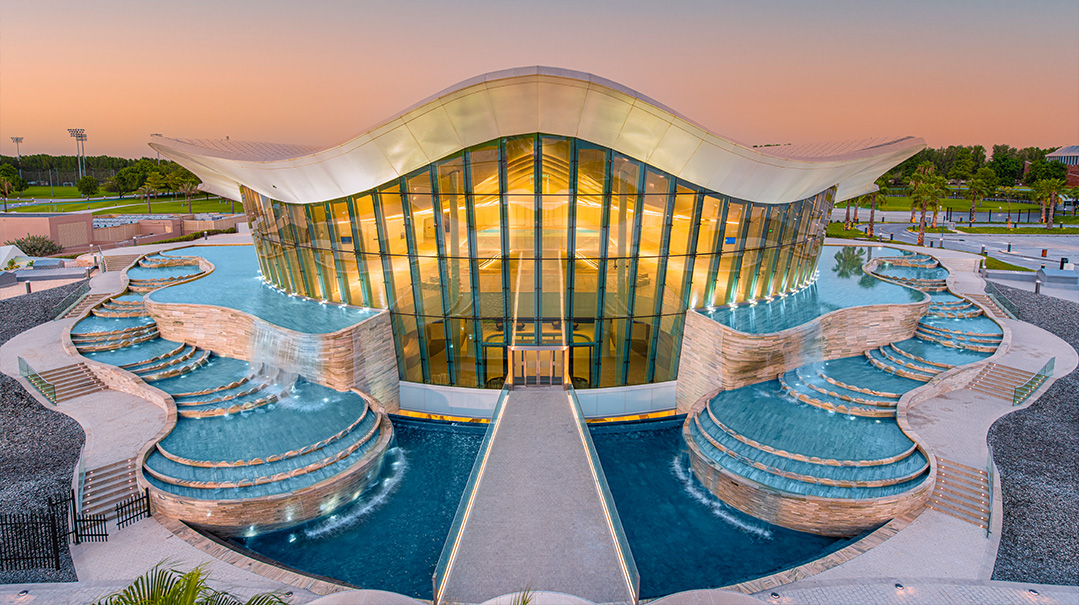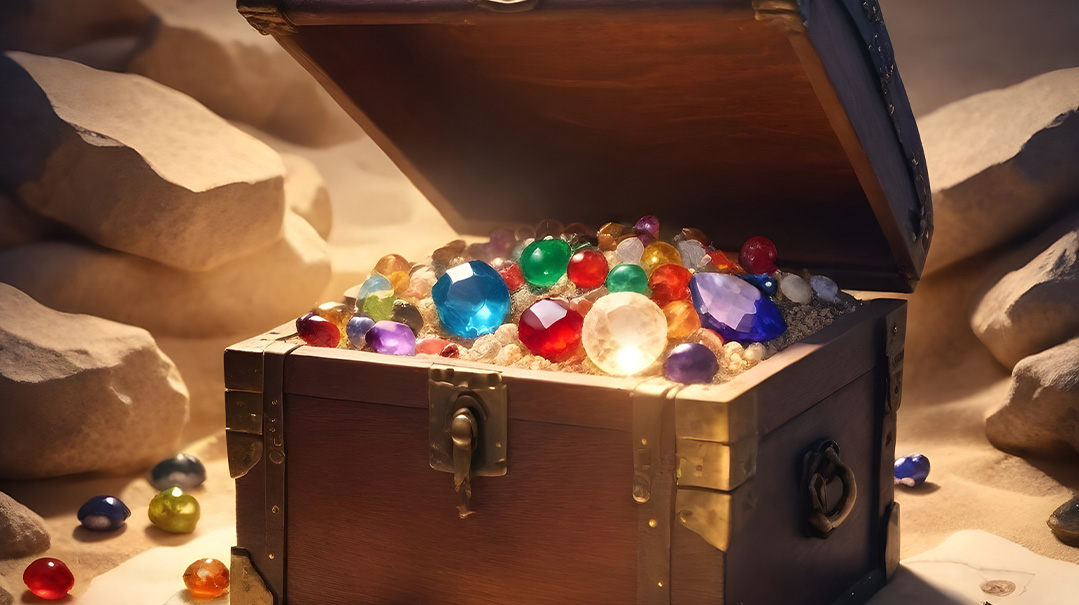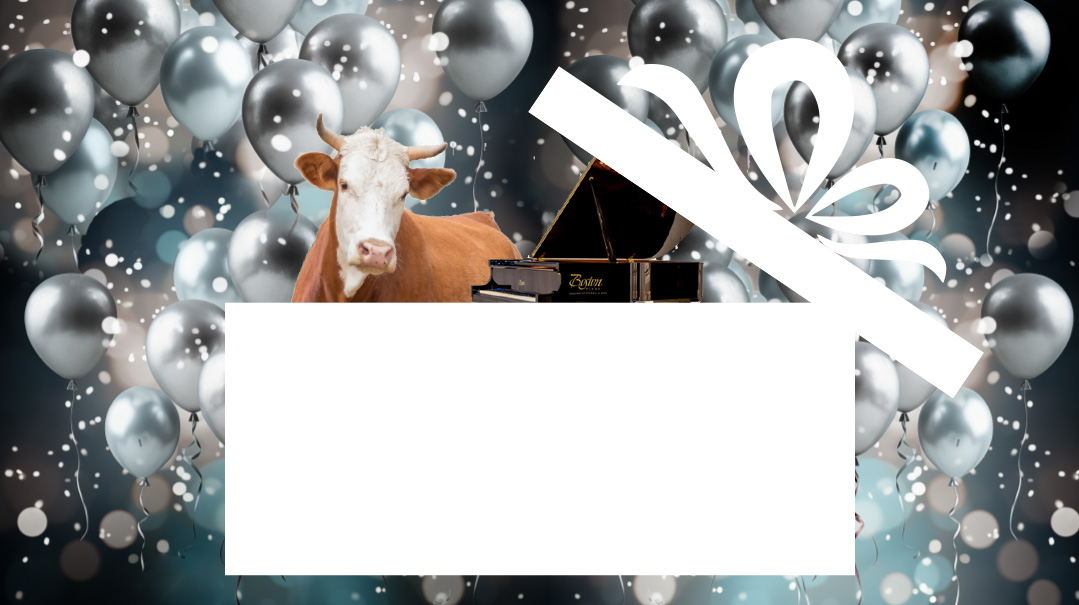Inu-What?
| December 27, 2023You might know us as “Eskimos,” but we call ourselves “Inuit,” which means “people” in our Inuktitut language

It’s the middle of a December day, but dark as night. The land is flat and empty, with not a tree to be seen — only frozen rock, snow, and ice. The wind howls, and you shiver violently in the frigid -50˚F (-45˚C). Welcome to the world of the Inuit!
Our tour guides, Alasie and her brother Nanook, are eager to share the wonders of their frozen homeland. While many modern Inuit live in houses and wear regular clothes, Alasie and Nanook will tell us about the traditional Inuit, and how they have lived for thousands of years.
Inu-what? Where?
Alasie: Inuit. You might know us as “Eskimos,” but we call ourselves “Inuit,” which means “people” in our Inuktitut language. The word Eskimo probably came from Native American tribes, and it is thought to mean “one who laces snowshoes.” You can find us in the North Pole, Northern Canada, Alaska, Siberia, and Greenland.
Do all Inuit live in igloos?
Nanook: Yes and no. “Igloo” actually means “dwelling,” so both a mansion and a tent can be an igloo! In the summer, we live in tents of animal skins, while in the winter, we build large, cozy igloos. Igloos have a low entrance tunnel, a separate room for cooking, a sleeping bench with fur blankets, and even windows made out of blocks of ice! A lamp fueled by rich seal fat can warm an entire igloo.
Oops! We could not locate your form.







